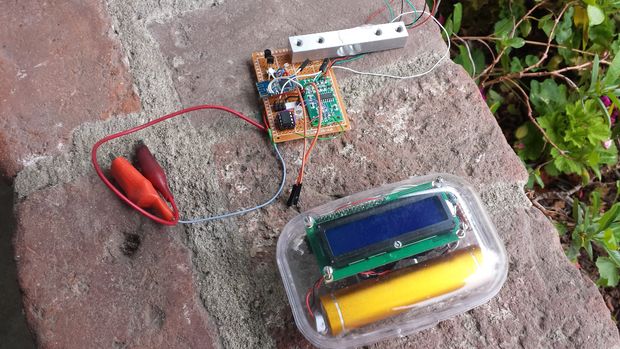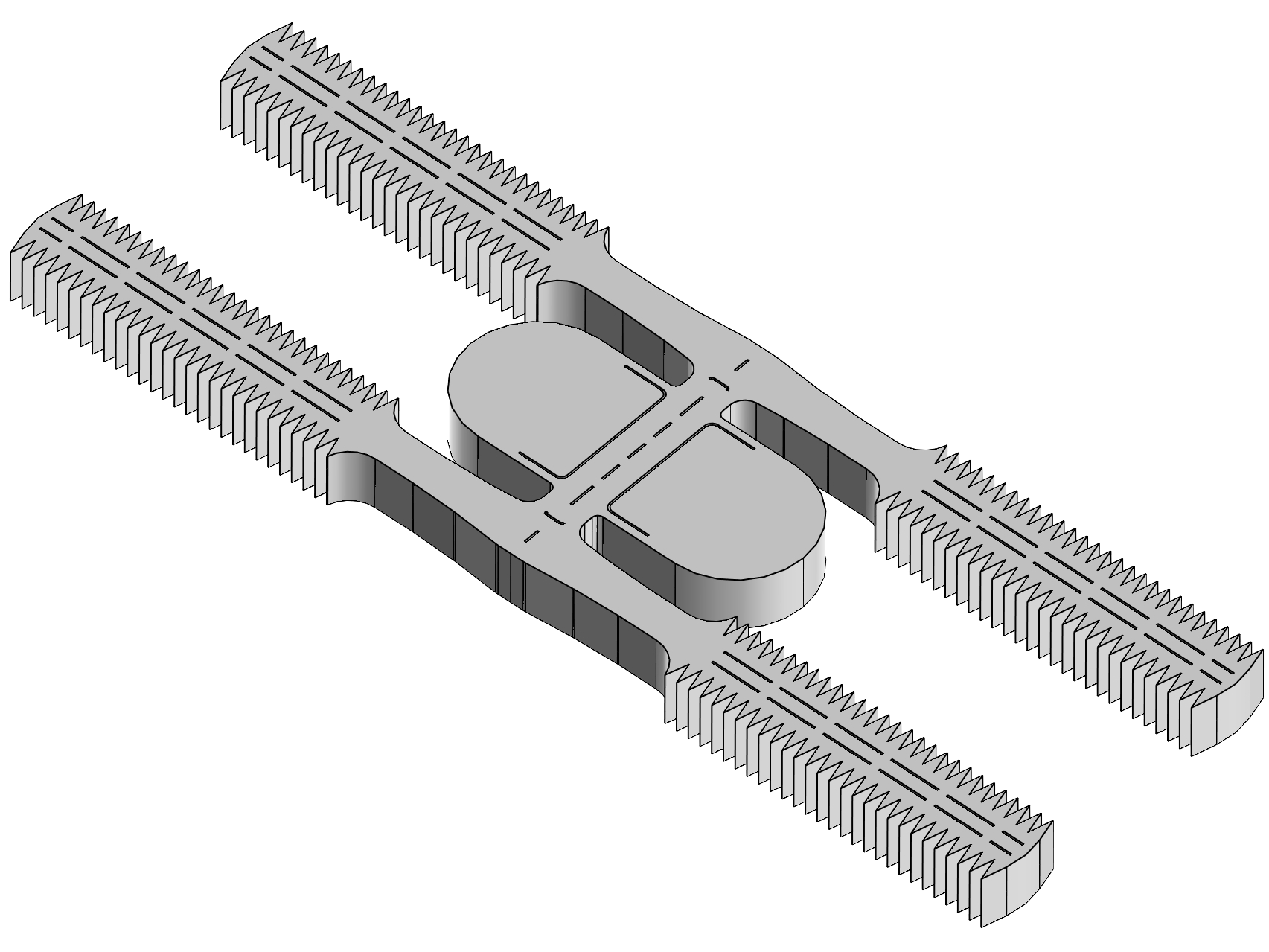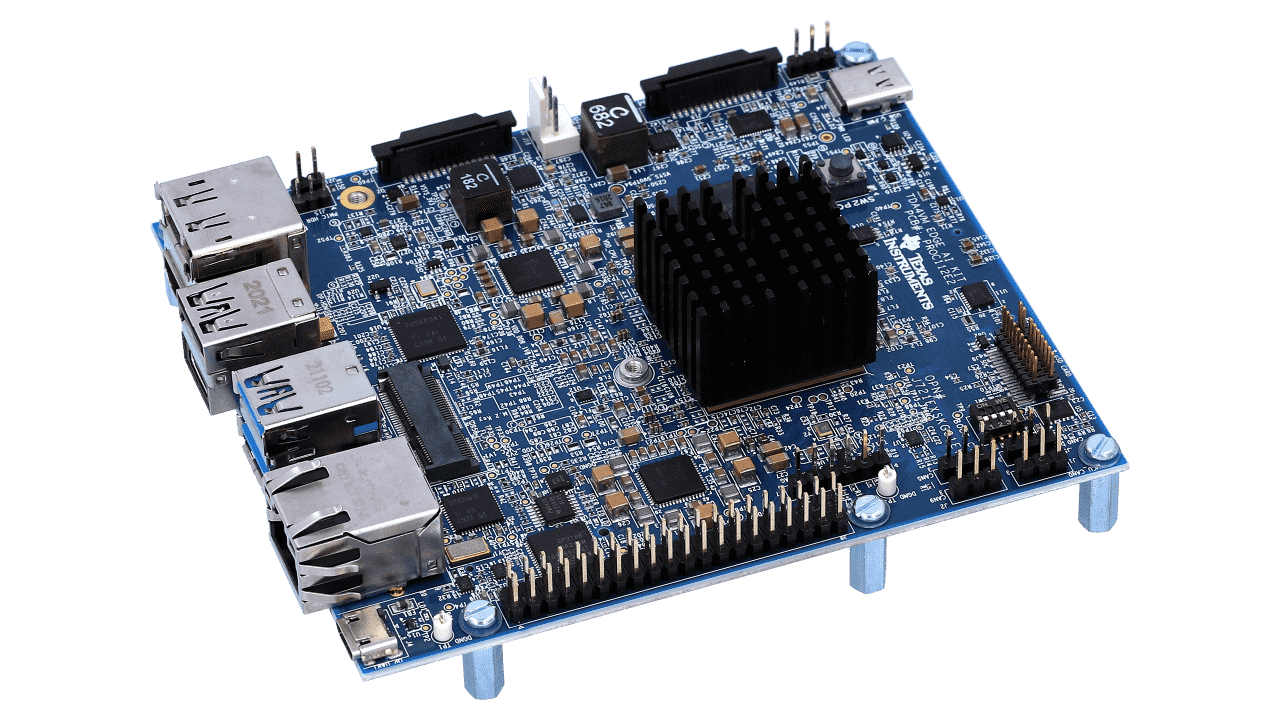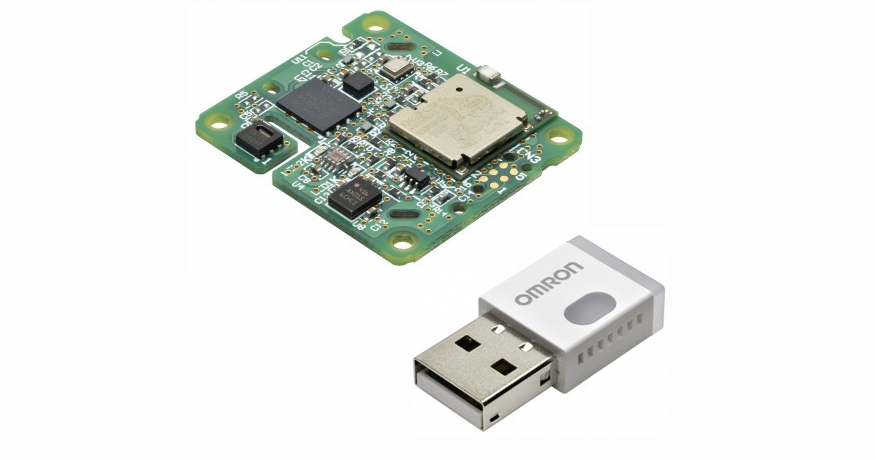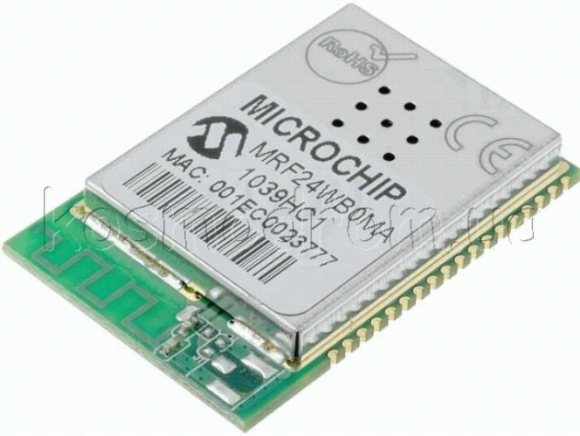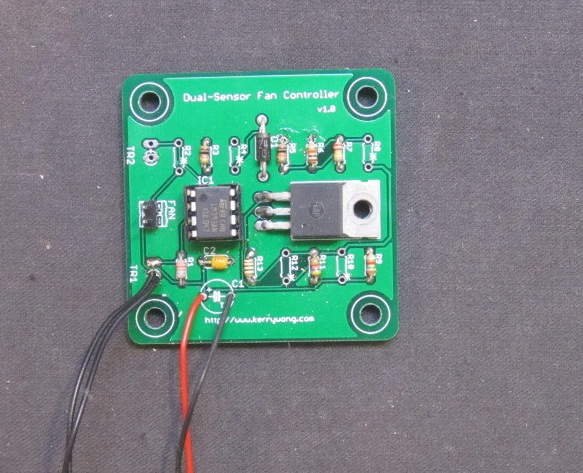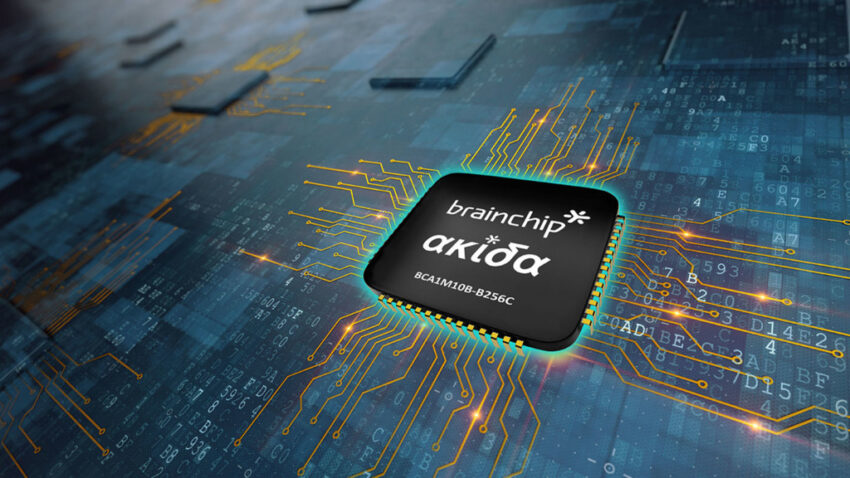
Two companies, BrainChip and VVDN Technologies, came together to develop an edge box that is based on neuromorphic technology, which is an advanced AI technology that mimics the functioning of the human brain. The co-developed hardware solution can perform AI processing at the edge of a network or device, without relying on a centralized server or cloud.
VVDN Technologies is an electronics engineering and manufacturing company, known for developing and deploying vision-based solutions in various industries. It contributes its experience in hardware design, firmware development, cloud integration, and manufacturing. This indicates that BrainChip is focusing on the AI aspect, while VVDN is handling the hardware and practical implementation.
“We are excited to bring the benefits of neuromorphic computing to the Edge AI market with VVDN as our lead partner,” said Sean Hehir, CEO of BrainChip. “This portable and compact Edge box is a game-changer that enables customers to deploy AI applications cost-effectively with unprecedented speed and efficiency to proliferate the benefits of intelligent compute.”
The edge box utilizes BrainChip’s Akida processors. They are characterized by high performance, low power consumption (energy efficiency), and scalability. This means they can handle a wide range of AI tasks while using minimal power and can be adapted to different use cases and workloads.
BrainChip releases second-generation Akida IP solution
BrainChip has also announced the release of its second-generation Akida IP solution, which is designed to advance the field of edge AI solutions. The second-generation Akida platform is now available for select customers and partners to use and test before it is officially launched to the broader market.
The key feature of this second-generation Akida platform is its energy efficiency. It’s designed to perform complex neural network computations efficiently on edge devices. This platform supports 8-bit weights and activations. This capability can make neural network models more efficient and faster when running on the Akida hardware.
They also support long-range skip connections, a type of neural network architecture that allows information to flow more freely between distant layers of the network. This can improve the performance and capabilities of neural networks.
One unique feature of Akida is its ability to learn on the device securely. This means it can adapt and improve its performance without needing to send data to the cloud for retraining, which can enhance data privacy and reduce latency.
BrainChip is inviting its partners to leverage the capabilities of second-generation Akida IP. Those interested can contact sales@brainchip.com for more information.





